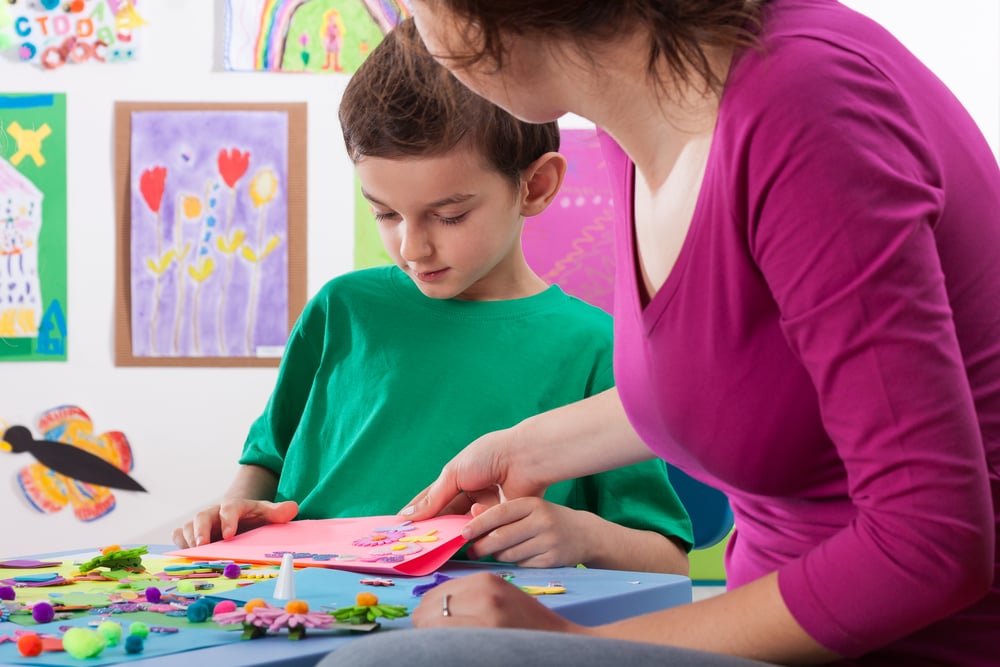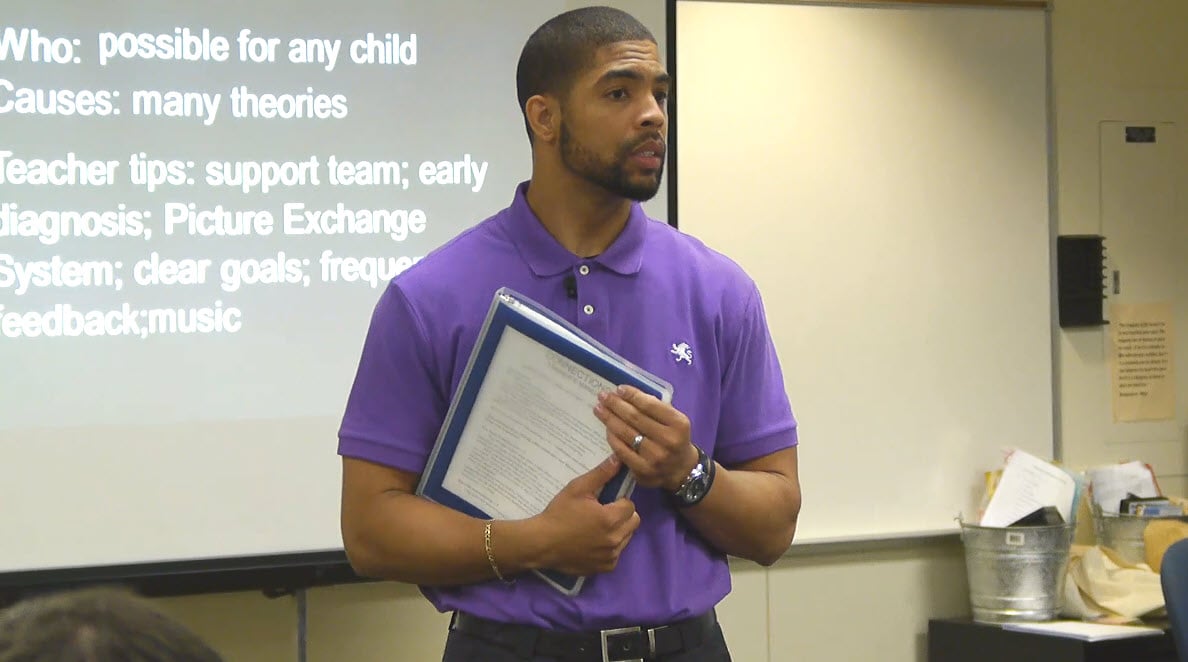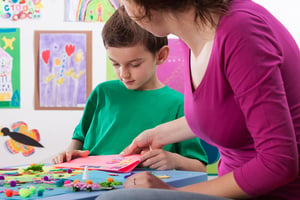



If you’re considering becoming a special education teacher, you likely already have a passion for helping students with unique needs and abilities achieve their full potential.
However, teaching special education comes with its own set of challenges and often requires a different approach than you might use in a traditional classroom setting. In fact, if your goal is to become a teacher that works with special needs students, it’s important to start planning now on how you can develop teaching strategies for special education.
Early preparation will not only help you build the skillsets you need to become an effective educator but also make a favorable impression on potential employers when you begin interviewing with school districts for special education teacher jobs.
Students with special needs have unique learning challenges that require specialized attention and support. There are different types of special needs students, including those with learning disabilities, physical disabilities, emotional and behavioral disorders, and intellectual disabilities.
different types of special needs students, including those with learning disabilities, physical disabilities, emotional and behavioral disorders, and intellectual disabilities.
These students face unique challenges that may affect their academic progress and social development, and it’s your role as a special education teacher to utilize teaching strategies that can help them not only overcome these challenges but thrive in an educational environment.
For example, students with special needs face several challenges that can impact their academic progress and social development. They may struggle with understanding complex instructions, staying focused on tasks, organizing their thoughts or expressing themselves verbally or in writing.
Special needs students may also face social challenges, including difficulties in making friends, understanding social cues and following social norms. They may also face bullying, exclusion or discrimination from their peers.
Special education teachers must develop customized teaching strategies that cater to these specific learning styles, abilities and needs of each student. This might include adapting the curriculum, modifying classroom routines, providing visual aids, using assistive technology or breaking down complex concepts into smaller, more manageable parts.
In addition to adapting the teaching methods, special education teachers must also be skilled in building strong relationships with their students and their families. This involves understanding and empathizing with their unique challenges, establishing trust and rapport, and creating a safe and supportive learning environment.
Effective teaching strategies for special education students require focusing on children’s unique needs, learning styles and abilities. Below are some effective strategies that special education teachers can use to support their students’ academic and social development:
Differentiated instruction involves tailoring teaching methods and materials to meet the individual needs of each student. It involves assessing each student’s strengths, weaknesses and learning styles … and adapting instruction to meet those unique needs.
For example, a special education teacher may use a variety of instructional methods, such as visual aids, hands-on activities and verbal instructions, to help students understand complex concepts. They may also provide students with different levels of support, including one-on-one instruction, small-group instruction or peer tutoring.
Multisensory learning is using multiple senses, such as sight, sound, touch and movement, to help students learn and remember information. This approach is particularly effective for students with learning disabilities or attention deficit hyperactivity disorder (ADHD) who may struggle with traditional teaching methods.
remember information. This approach is particularly effective for students with learning disabilities or attention deficit hyperactivity disorder (ADHD) who may struggle with traditional teaching methods.
A special education teacher may use visual aids like pictures or diagrams to help students understand concepts. They may also incorporate movement into learning like using dance or yoga to teach social skills or mindfulness.
Technology can be a valuable tool for special education teachers to enhance learning. For example, students with visual impairments may use text-to-speech software to access written materials, while students with hearing impairments may use closed captioning to access audio content.
Special education teachers can also use technology to create interactive and engaging lessons like educational games or simulations that provide students with hands-on learning experiences.
Pairing students with different abilities to work together on academic tasks can be a great way to improve academic performance and social skills for both.
An example of this in action would be pairing a student who excels in math with a student who struggles with math. The tutor can provide one-on-one instruction and support to the other student while also improving their own leadership and communication skills.
Collaboration with parents is an important part of special education teaching strategies. Parents are a valuable source of information about their child’s needs, strengths and challenges. They can also provide support and encouragement at home, which can improve their child’s academic and social development.
Working with parents is also an important component of developing individualized education plans (IEPs). An IEP is a legal document that outlines the individual needs of a student with a disability as well as any specific educational services that educators or a school must provide to meet those needs.
The Individuals with Disabilities Education Act (IDEA) mandates the use of IEPs, which must be regularly updated in collaboration with parents to address any challenges that arise.
Becoming a special education teacher is a rewarding and fulfilling career that allows you to make a difference in the lives of students. While the teaching strategies above can help you focus on students’ unique needs and abilities, here are five additional tips that can help you put these strategies into practice:
Effective teaching strategies for special education students require a combination of different approaches that address their unique abilities. By implementing these teaching strategies and tips, special education teachers can make a positive impact on the lives of their students and help them reach their full potential.
Micah is the Director of Curriculum & Technology. He holds a Bachelor of Arts in British Literature, from the University of North Texas and a Master of Arts in Teaching, from Louisiana College. In his previous career, Micah served for 14 years as a banker and bank manager. For the majority of this period, Micah managed the Downtown Fort Worth location of Frost Bank. In 2005, Micah finally surrendered to his true calling to be an educator. After a brief, but fulfilling term teaching high school English at Flower Mound High School in Lewisville ISD, Micah went to work for the family business, training teachers.
7166 Baker Blvd., Suite B · Richland Hills, Texas 76118
Phone 817-284-7731 | Fax 817-284-3396
Login | Make Payment | ECAP Handbook | Privacy Policy | Pricing
YOUR COMMENTS